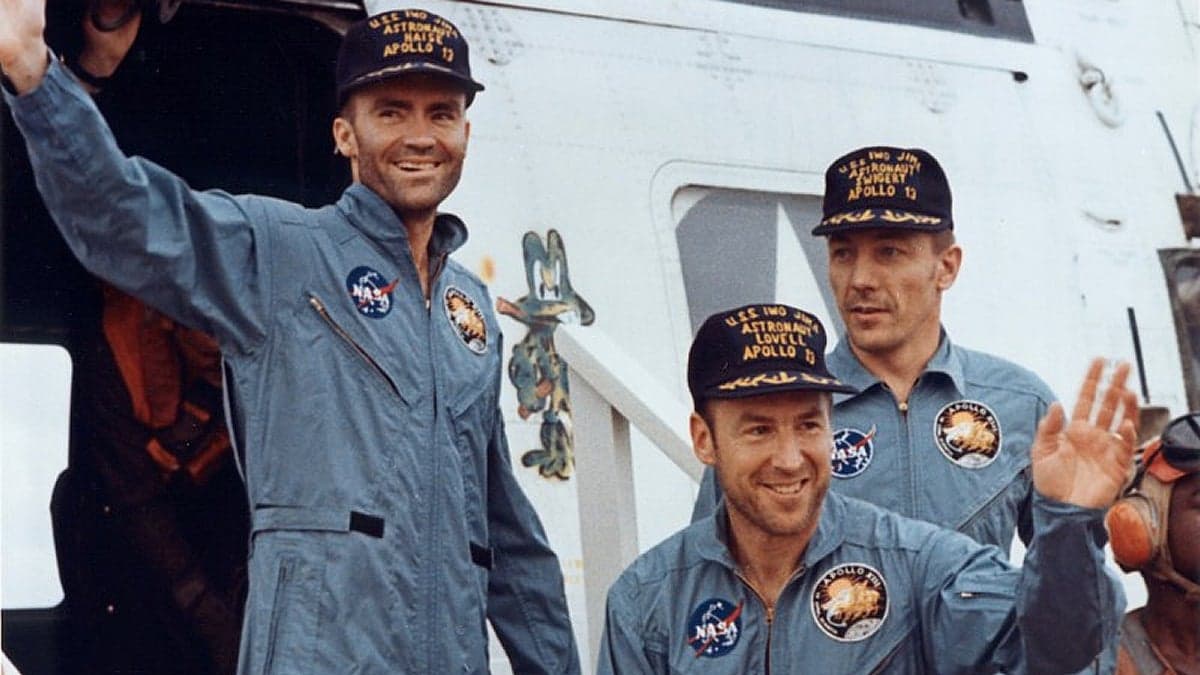The first photograph taken by humans of Earthrise during
the Apollo 8 mission.


The prime crew of the Apollo 8 lunar orbit mission pose
for a portrait next to the Apollo Mission Simulator at the
Kennedy Space Center (KSC). Left to right, they are
James A. Lovell Jr., command module pilot; William
A. Anders, lunar module pilot; and Frank Borman,
commander.

Apollo 8, the first manned mission to the moon, returns safely
to Earth after an historic six-day journey.
On December 21, Apollo 8 was launched by a three-stage
Saturn 5 rocket from Cape Canaveral, Florida, with
astronauts Frank Borman, James Lovell, Jr., and
William Anders aboard.
On Christmas Eve, the astronauts entered into orbit around
the moon, the first manned spacecraft ever to do so.
During Apollo 8‘s 10 lunar orbits, television images were sent
back home and spectacular photos were taken of the Earth
and the moon from the spacecraft.
In addition to being the first human beings to view firsthand
their home world in its entirety, the three astronauts were
also the first to see the far side of the moon.
On Christmas morning, Apollo 8 left its lunar orbit and began
its journey back to Earth, landing safely in the Pacific Ocean
on December 27 (below).































![[APOLLO 8] THE FIRST IMAGE TAKEN BY HUMANS OF THE WHOLE EARTH. VINTAGE COLOR PHOTOGRAPH, 22 ...](https://i0.wp.com/sothebys-md.brightspotcdn.com/a6/76/4b35e280436a88c0b7f5d9fa98ad/419n10228-bf4qq.jpg?resize=480%2C370&ssl=1)